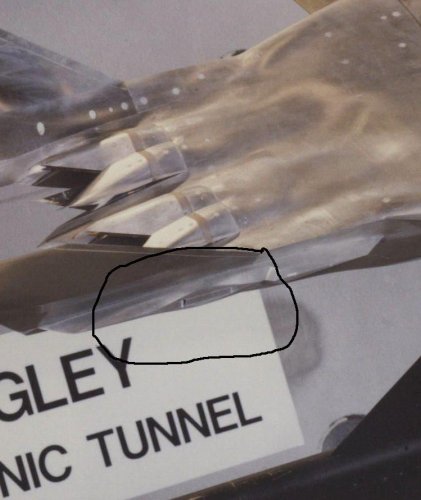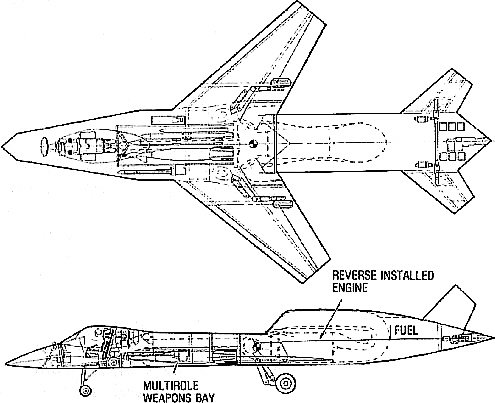SDN said:
F-14D said:
Sundog said:
I hadn't realized they originally intended the F-18 and A-18 as two separate aircraft. I do remember Northrop offering the land based F-18L to no avail. Once again, I know you want to comment on the YA-7F.

I mean seriously, we don't need supersonic attack planes. Hell, it isn't like they're able to fly supersonic anyway with a full attack load. BTW, I mean Attack in the classic sense of the word, not the strike role, or in the F-35 limited internal load sense.
The F-18L was separate from the F and A -18s. It had higher performance, but what happened to it was the basis for a number of interesting lawsuits. The original l Naval Air Combat Fighter program envisioned two related but separate aircraft, each optimized for its role (along with the associated crew training). When they were merged it was claimed that advances in electronics permitted one aircraft to perform either role equally well, but actually it was cost. In reality a multi-purpose aircraft will not do as good a job as an aircraft optimized for the role, and the crews won't be as well trained in either.
Reminds me of how the Super Bug is referred to at times as jack of all trades, master of none, especially since it was the replacement(albeit not ideal) for the A-6 and F-14.
I think if the A/F-X entered service, it would have had an "F/A" designation in the USN, and "F" designation in the USAF. Since the Hornet was multi-role, it had an F/A designation, and I think the USAF would just use the "F" just to make it easier. Hell they did that with the F-117 and the Strike Eagle still bears the fighter designation even though it's primarily used for attack. Do you guys think the A/F-X would have been a good Strike Eagle replacement? Being that the design was proposed in the 90's with assumed entry into service close to the Super Hornet, and being that it was aimed at also replacing the F-111, I figure it would have replaced the Strike Eagle too. I'm guessing low level flight at high speed would be less turbulent than the Strike Eagle too.
Has anyone drawn up an A/F-X in F-111 SEA camo?
Actually, the Super Bug was originally sold as the "interim" aircraft until the A/FX could arrive. We all know how that worked out.
A/FX would have been much better than Strike Eagle, since this would be its design role. it wouldn't have been as exportable, though. Thing is, we can't be all that sure it would actually made it into USAF service given their aversion to acquiring an aircraft they didn't develop themselves. Regarding the obvious exceptions, F-4 was forced on them, A-1 was all there was, A-7 was because there was a war on and they were running out of F-105s. In the latter case they greatly modified and improved the aircraft to the point where the Navy started buying the AF version with minor changes. Even then, after the war they worked hard to phase it out.
My point is, that although A/FX (or even AX) would be the ideal F-111 and then F-15E and F-117 replacement, we can't be sure it would have entered USAF service. For the more cynical of us, they might even try what they did on the ATA (although that wasn't the only reason for its collapse). For details, see James P. Stevenson's superb "The $5 Billion Misunderstanding". Iw would be harder to do given the plethora of teams involved with A/FX.


